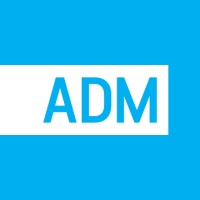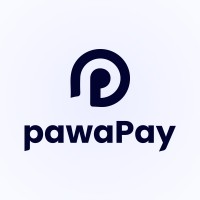Rust Error Guidelines
Personal notes on Rust error guidelines, handling, and tips for library and application errors.
Hey, I'm Anton, a software developer based in Tallinn. I work with front-end, back-end, database, and infrastructure technologies. In my free time, I like to play video games, enjoy doing fitness, read books and study to get better at what I do.
using (var client = new RestClient("https://azdanov.dev/api/login")) {
JObject json = new JObject();
json.Add("username", "admin");
json.Add("password", "secret");
var request = new RestRequest(Method.POST);
request.AddStringBody(json.ToString(), DataFormat.Json);
var response = client.Execute(request);
var jsonResult = JObject.Parse(response.Content);
Console.WriteLine(jsonResult);
}
const url = "https://azdanov.dev/api/login";
const data = { username: "admin", password: "secret" };
fetch(url, {
method: "POST",
headers: {
"Content-Type": "application/json",
},
body: JSON.stringify(data),
})
.then((response) => response.json())
.then((data) => {
const result = data.payload;
console.log("Success:", result);
})
.catch((error) => {
console.error("Error:", error);
});
func main() {
url := "https://azdanov.dev/api/login"
postBody, _ := json.Marshal(map[string]string{
"username": "admin",
"password": "secret",
})
responseBody := bytes.NewBuffer(postBody)
response, err := http.Post(url, "application/json", responseBody)
if err != nil {
log.Fatal(err)
}
defer response.Body.Close()
body, err := ioutil.ReadAll(response.Body)
if err != nil {
log.Fatal(err)
}
log.Println(string(body))
}
public class Login {
private static final Logger logger = Logger.getLogger(Login.class.getName());
public static void main(String[] args) {
HttpClient client = HttpClient.newHttpClient();
HttpRequest request = HttpRequest.newBuilder()
.uri(URI.create("https://azdanov.dev/api/login"))
.header("Content-Type", "application/json")
.POST(BodyPublishers.ofString("{\"username\":\"admin\",\"password\":\"secret\"}", StandardCharsets.UTF_8))
.build();
try {
HttpResponse<String> response = client.send(request, BodyHandlers.ofString());
logger.info(response.body());
} catch (Exception e) {
logger.severe(e.getMessage());
}
}
}
SELECT
id AS id,
username AS username,
email AS email,
created_at AS created_at,
updated_at AS updated_at,
roles.name AS role
FROM users
INNER JOIN user_roles ON users.id = user_roles.user_id
INNER JOIN roles ON user_roles.role_id = roles.id
WHERE username = 'admin'
AND password = '$2a$10$T6dqyjVcnXx975Il7XMvM.jFr.QjupMeTi2HOfU2g6s4G2yGm5MCi'
LIMIT 1;
Personal notes on Rust error guidelines, handling, and tips for library and application errors.
Learn how to automatically restart your WiFi 5GHz channel using a script and cron jobs on an Asus Merlin router.
Using EDID files to create a fake virtual display on linux for sunshine and moonlight remote gaming without a dummy plug.
How disabling MST on my Dell monitor solved the variable refresh rate issue on Linux for my DisplayPort AMD GPU connection.


